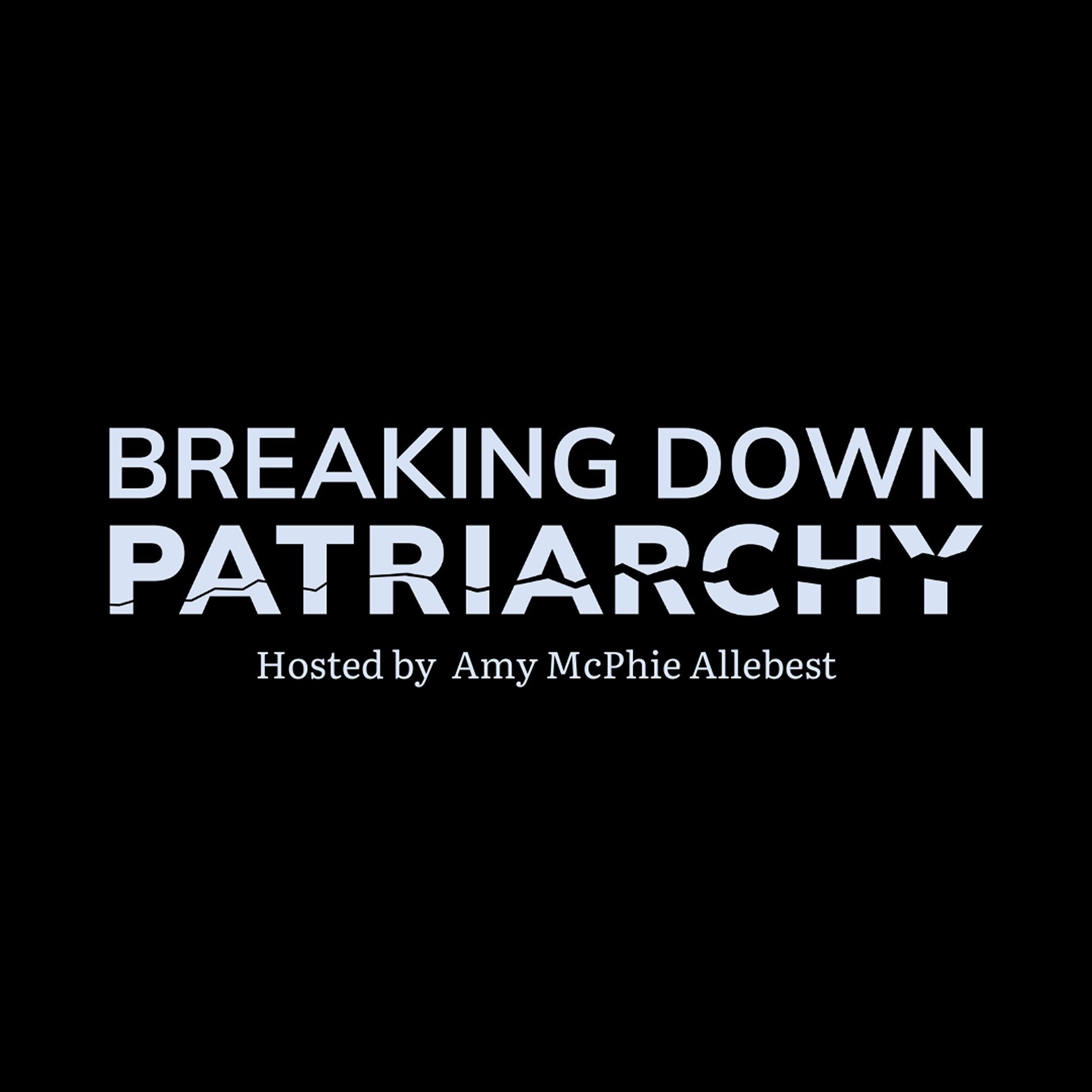Episode 33
Living the Revolution, by Gloria Steinem
Published on:
8th June, 2021
Amy is joined by guest Amy Pal to discuss the speech “Living the Revolution” delivered by Gloria Steinem. Topics include feminism as a humanist movement, the work of unlearning hurtful ideas, the damaging influence of Sigmund Freud, and how women’s liberation is men’s liberation as well.
Amy Pal grew up in California and Utah. She attended Boston University where she completed her bachelor’s degree in communication disorders and master’s degree in speech and language pathology. As part of her career in education, Amy was drawn to issues related to social justice, gender equity, and multiculturalism. She enjoys learning about topics through various people’s perspectives. Amy also loves to run in nature, read, and spend time with her family.


